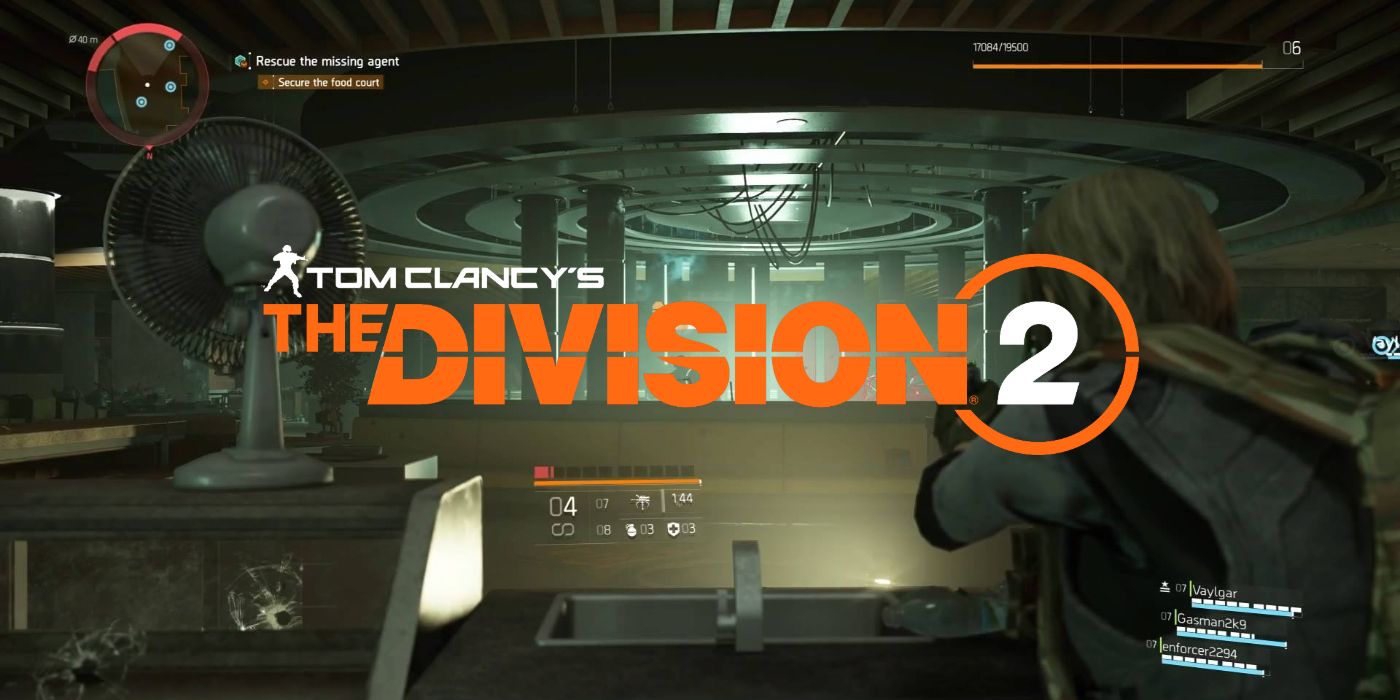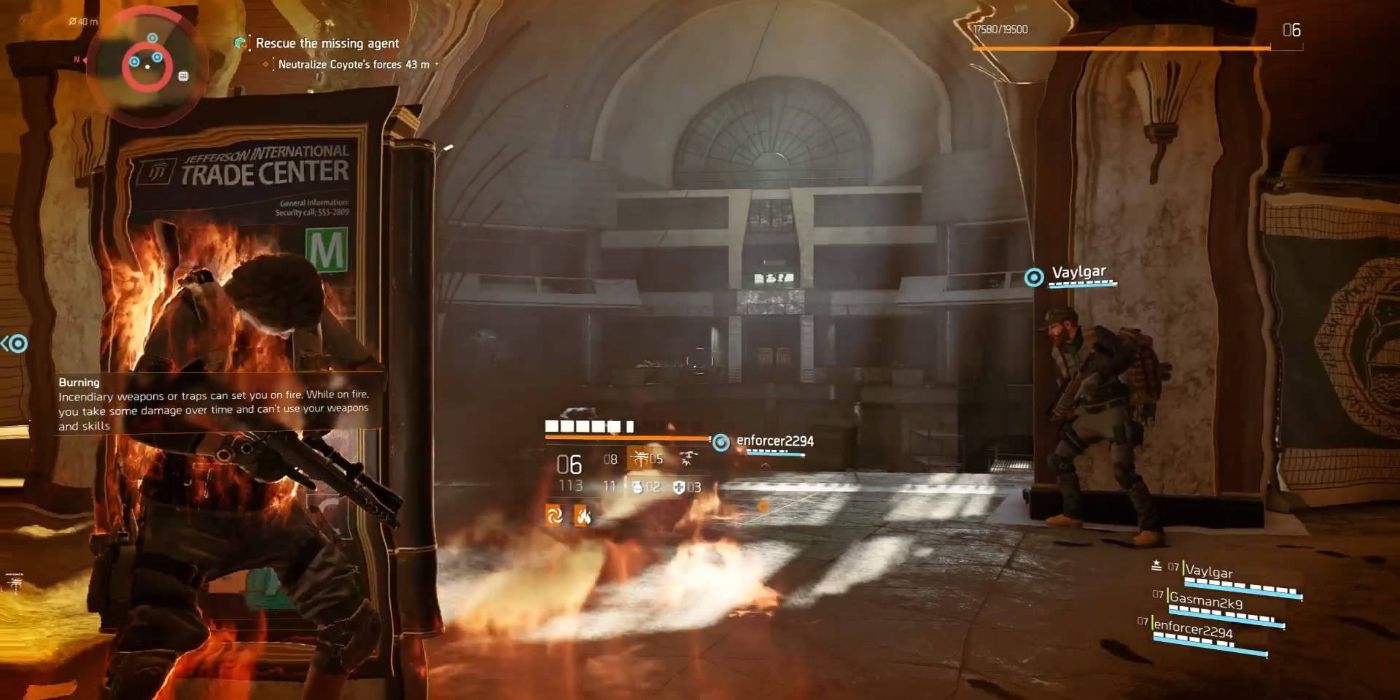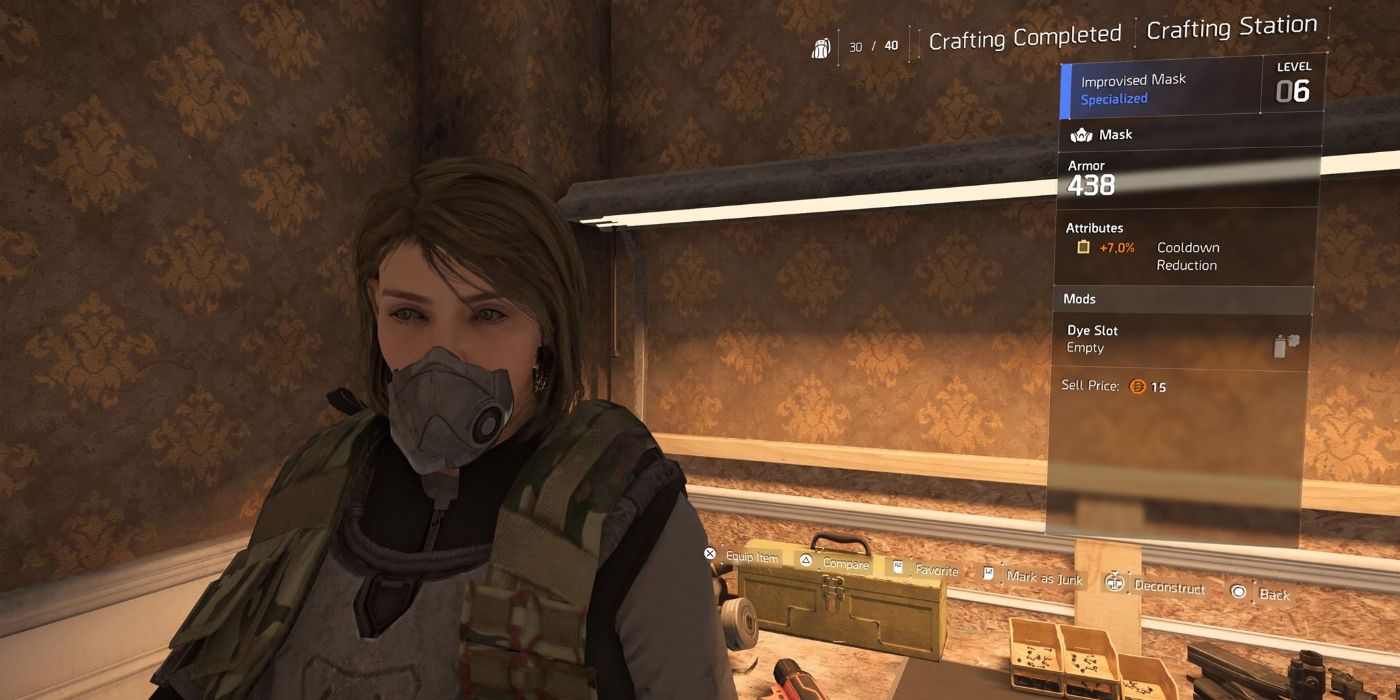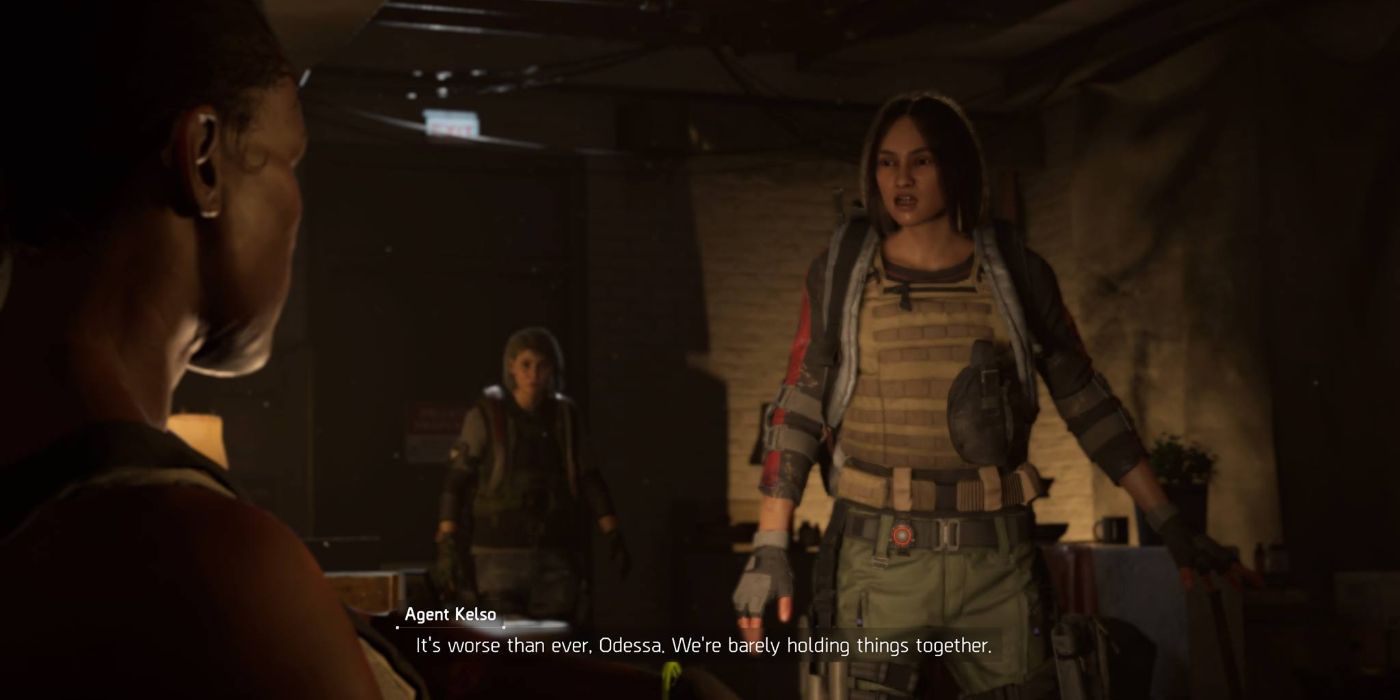The Division 2 has the benefit of years of research, planning, implementation, and iteration behind it. That's because developer Massive Entertainment and publisher Ubisoft never abandoned its predecessor, Tom Clancy's The Division, despite the game having severe issues with its endgame content immediately after launch. The original may have bled players and never fully recovered, but the work the team behind it put in for over a year afterwards, and the game's subsequent resurgence due to positive buzz, was an encouraging sign. If The Division, with all its flaws, could be salvaged, then surely The Division 2 can start as something great?
Over the first 20 hours with The Division 2, that hope seems to have become a reality. There's still the endgame looming, where an all-new faction called the Black Tusk will make its presence known and begin providing the kind of recurring content that makes or breaks games with this sort of model. The story hasn't quite begun the build-up to its conclusion, and there are a few plot threads that threaten to unravel unproductively if they're not given a bit more care. Those concerns are minor, though, because from what we know about the game right now, The Division 2 is the best looter shooter experience available on the market today.
Related: The Division 2 Endgame Unlock Guide: How to Reach Level 30 FAST
Let's start with the most important fact first: The Division 2 has clearly learned its lessons, succeeding in many critical areas where the previous game failed. Enemies are no longer annoying bullet sponges who soak up entire clips of ammo to go down, although they still lean closer to that philosophy than away from it and that could change drastically in the endgame. They're also more diverse, with various factions or classes providing tactical conundrums. Loot is also in a good spot for the game's full launch, as enemies drop it fairly frequently, it feels like it's always relevant to the player, and it's the kind of game that makes its players salivate at the prospect of discovering something truly rare. Having those hooks sink in early may not be great for anyone's sleep schedule, but it makes for exactly the kind of game that keeps its players' attention long enough for them to build an investment in the rest of its offerings.
And those offerings are great, by the way. The Division 2's gunplay is significantly better than the original, and not just because it feels like bullets actually do something now. There's also better gun design, with recoil playing a bigger factor in aiming, and better battle design, with a higher density of weaker enemies populating each fight to ensure that it never feels like it's dragging out without anything happening. Firing a gun in The Division 2 also just feels better and more impactful. There are heavy enemies that litter the end of the game's early missions and side quests, and shooting at specific parts of their armor can eventually cause them to stagger while it flies off, exposing a weak point underneath. It's a satisfying visual, and enhances the feeling of tactical combat that is so pronounced in every element of the game.
All of the fighting in The Division 2 is aided by the fact that, after a few hours with it, it becomes painfully obvious you can die in basically any skirmish. Outside of picking off a few stragglers during free roam, The Division 2 is all about approaching fights wisely, and quick thinking is the name of the game. Players can't just hang out behind one area for cover and pick off enemies as they funnel into the room through a choke point. Enemies swarm all over from each corner of the map, with some melee attackers mixed in to ensure players have to move to survive. Even the weakest enemies hit hard, and attempting to tank more than a couple of hits will result in a trip to the nearest safehouse or checkpoint to start over again. Bosses are obviously even more terrifying, although at this point they feel a lot like spongier regular enemies than anything resembling a unique fight. Perhaps that will change in the endgame, when raiding becomes a bigger priority, but it's one of the few disappointments in The Division 2's core gameplay thus far.
Progression is another key element that The Division 2 inherently seems to understand. Naturally, main missions reward players with a decent amount of loot and XP, the latter of which flows pretty freely in all areas of the game. Even side quests and exploration events feel like they're worth an Agent's time, though. Liberating control points grants access to treasuries with sweet loot, while other mission areas contain copious amounts of chests for players to find while they engage with them. Nothing feels like it's punishing you for pursuing it, which makes The Division 2 feel like a game that can be played in a few different ways to the same end, a rarity for its genre. The Dark Zone returns and is both better-designed and more fun, rewarding loot with high frequency while also forcing players into more claustrophobic maps, avoiding the pitfalls of the earlier game's wider environments.
The Division 2's skill and upgrade system is much more consistent with what we've come to expect from looter shooters, although even then, the game does a few things to set itself apart early. Being able to customize tech like the drone makes it feel flexible, while offering passive perks that alternate between playstyle choices and min-max grinding offers something for everyone. It's not until the end of the game that players choose a specialization and begin to really deviate from each other, but The Division 2 does a nice job of offering players choice well before they ever have to commit to their endgame profession.
If there's one major area of complaint so far, it's that The Division 2's story is pretty bland. The overall story feels largely adjacent to the original's, as Washington feels much more like the distant apocalyptic future of The Last of Us than the current dystopian struggle that characterizes games like Wolfenstein, for instance. The main narrative kind of just trudges from beat to beat without much to say in between, and it's the sort of generic struggle against the worst parts of humanity that can be easy to check out from. If there's a saving grace to be had with The Division 2's storytelling, though, it's in the smaller moments when players reunite a daughter with her mother, or assist a side character with their own personal goals. The game's character designs and voice-acting are both top-notch, and when they're allowed to breathe in a more sensitive, smaller story, they shine.
Naturally, it's hard to tell if The Division 2 will be a great looter shooter before we hit the endgame. Even still, though, it feels like there are still hours to go before that happens, and if the game ends up clocking in around its estimated 35-40 hour main campaign time, then here's a shocker: it's worth it just for that. The Division 2 gets nearly everything right that the original stumbled on, and maintains the high bar of world and environmental design that Ubisoft has set for the rest of its properties. If Anthem soured you on the future of a genre you were already a fan of, then you owe it to yourself to let The Division 2 have a chance to win you back over.
More: Could Ubisoft's Future Division Sequels Go International?
The Division 2 releases on PS4, PC, and Xbox One on March 15. A digital code for PS4 was provided to Screen Rant for purposes of review.




